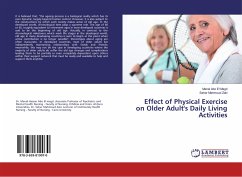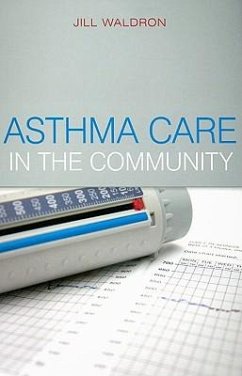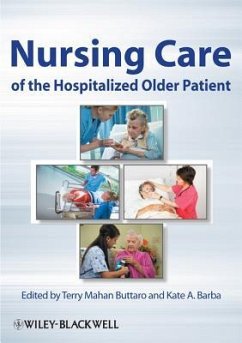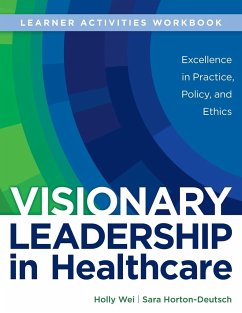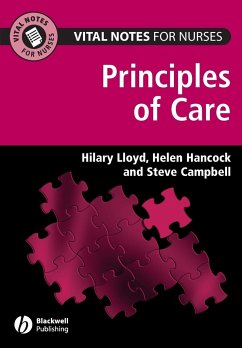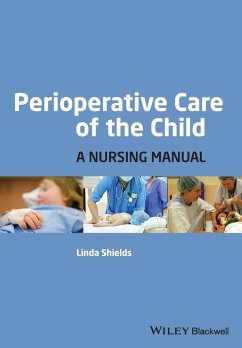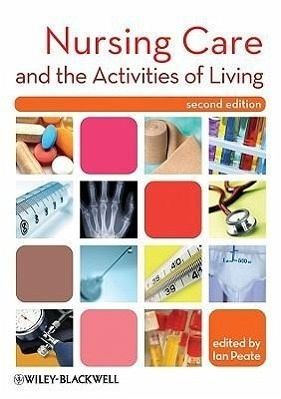
Nursing Care and the Activities of Living

PAYBACK Punkte
21 °P sammeln!
Do you know the correct technique for handwashing? Do you understand why good nutrition is important for patients? Do you know the best way to take a patient's temperature? As a registered nurse you will be accountable to your patients. Knowledge of issues such as patient safety, communication and assessment are key to providing safe and effective care. This book gives a practical focus to the underpinning theory of nursing and will help you through the academic part of your undergraduate course as well as your placement. It is essential reading for students enabling you to find your way throu...
Do you know the correct technique for handwashing? Do you understand why good nutrition is important for patients? Do you know the best way to take a patient's temperature? As a registered nurse you will be accountable to your patients. Knowledge of issues such as patient safety, communication and assessment are key to providing safe and effective care. This book gives a practical focus to the underpinning theory of nursing and will help you through the academic part of your undergraduate course as well as your placement. It is essential reading for students enabling you to find your way through the many clinical issues you may face on a daily basis when nursing adults on wards, in clinics and in the community setting. The book is based on the activities of living model so each activity has its own chapter, allowing you to dip in and out at your convenience. Features: * Learning features including objectives, quizzes and glossaries for each chapter * Illustrations showing only essential anatomy and physiology * A separate resource section * Evidence-based throughout ...a much need resource for student nurses... ...an excellent resource for the theoretical underpinnings of clinical skills...supported with many easy-to-follow guidelines. It will be an essential handbook for student nurses as they develop a problem-solving approach to patient care... ...It is well written, clear and concise, without being too academic - and will enhance the delivery of clinical skills for many. --Journal of Clinical Nursing review of the first edition



